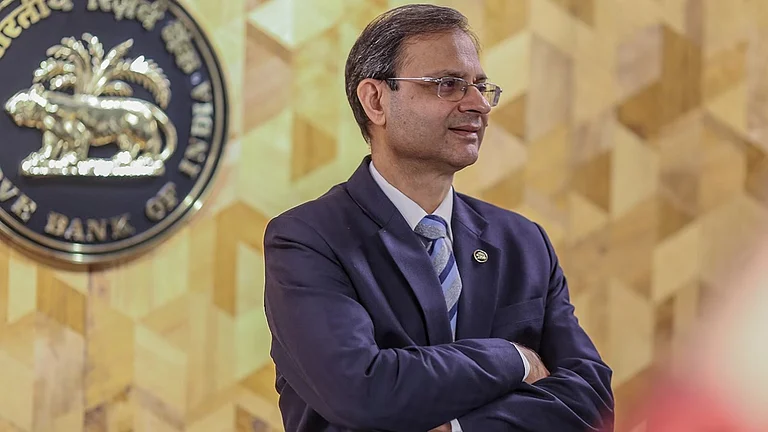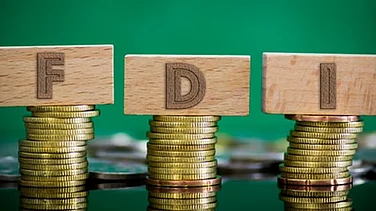Rupee Dollar: Nearly a month has passed since Sanjay Malhotra stepped into the role of RBI Governor, a move that was initially viewed as a positive step toward stabilising the rupee's fluctuations.
However, the economic landscape has proven out to be more challenging than anticipated. The rupee has already surpassed the Rs 85 mark. Plus, India’s economic growth figure came as a major dampener as the GDP growth rate declined to a four-year low of 6.4 per cent in FY25.
Amid the turbulence, experts are keenly watching out for the new Governor’s policy stance on managing the rupee’s value, whether to adopt a more flexible approach or keep the Rupee's volatility in control as the former governor Shaktikanta Das did.
Das's policy view was more focused on reducing the currency volatility to provide greater predictability for both foreign investors and local importers and exporters. However, as per a report by Bloomberg, Das's critics argued that his tight control over Rupee created a near-fixed relationship with the dollar, which eventually took a toll on India's export competitiveness amidst a growth slowdown.
Will the Rupee’s Slide Continue?
While the new governor has yet to outline his policy stance on the rupee, many expect him to allow the currency to fluctuate. And several reports are already indicating that the rupee's depreciation trajectory may continue ahead.
Besides the upcoming budget, Malhotra's policy rate decision and commentary on the current outlook will be a major watch for everyone as Rupee's volatility is now a major concern.
"The early months of FY25 saw tame inflation, but the RBI wisely avoided complacency, keeping policy rates high. Vindicated in its resolve, and owing to softer H1 growth, it shifted its stance, easing liquidity. A rate cut is now expected in Feb’25, with rupee volatility as a key risk," SBI stated in its monthly Ecocapsule report.
A further decline in the domestic currency's value might also come-in as Rupee has entered the 'overvaluation zone.' In November, the rupee's real effective exchange rate (REER), which measures its inflation-adjusted competitiveness in global trade, reached a historic high of 108.14. As per the report, this marks an overvaluation of 8 per cent.
“The rupee therefore needs to depreciate by about 2-3 per cent on average to align with its fundamentals on a long term basis,” Kanika Pasricha, chief economic adviser at Union Bank of India reportedly said.































